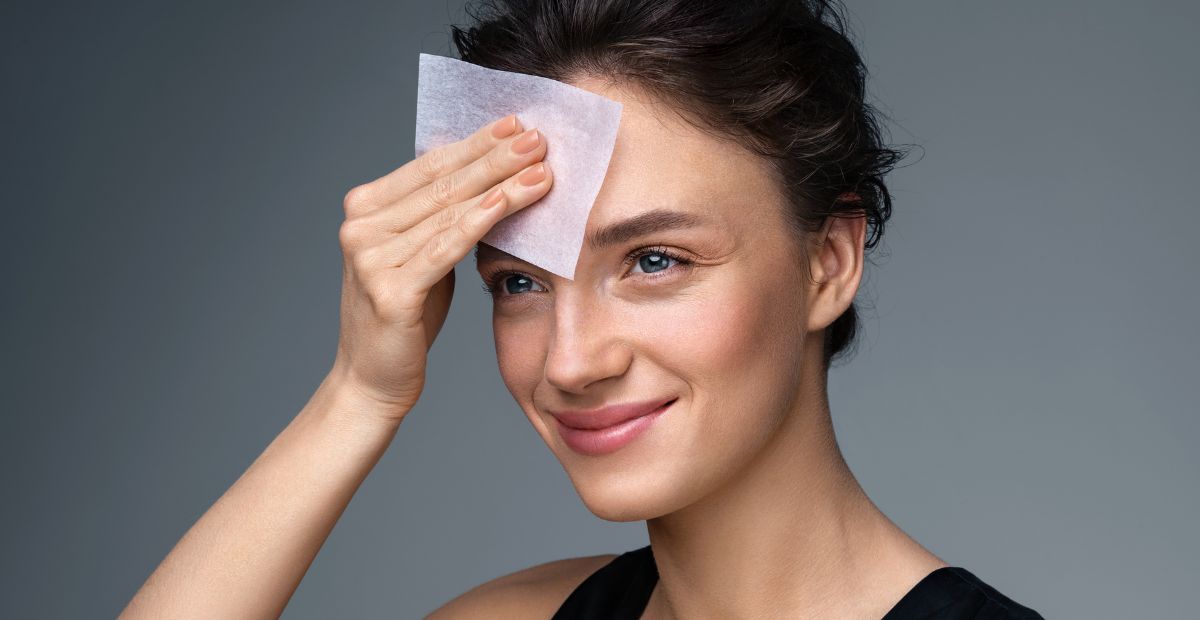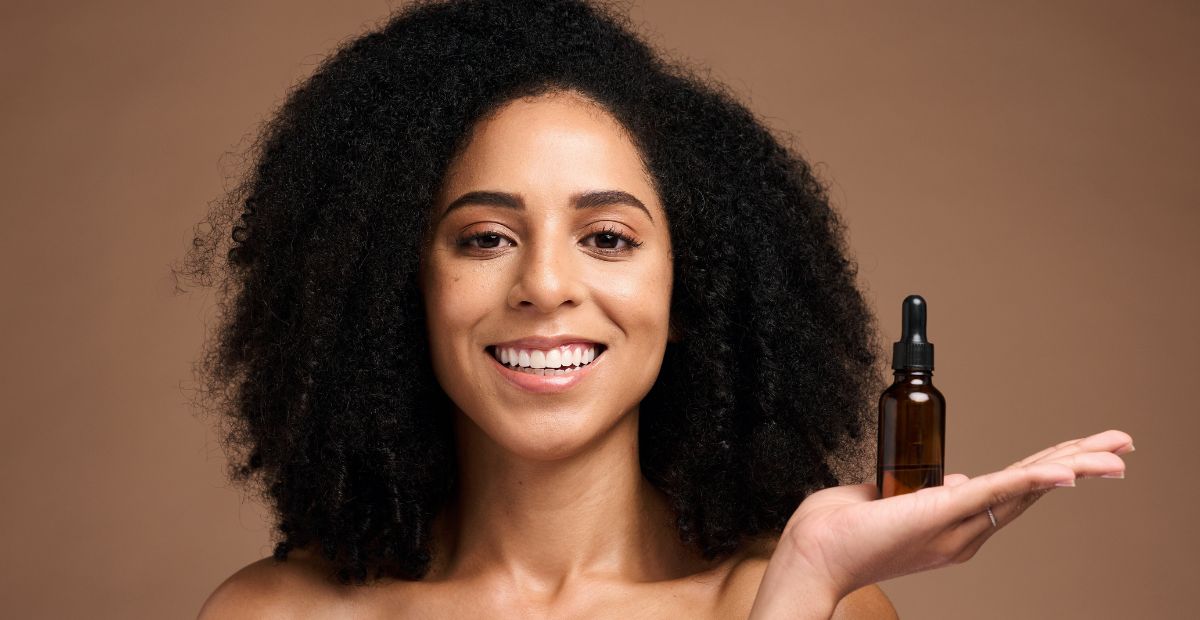How to Apply Eye Cream Correctly for Stunning Results: No More Guesswork
Onskin Content Team
Your guides through the skincare chaos
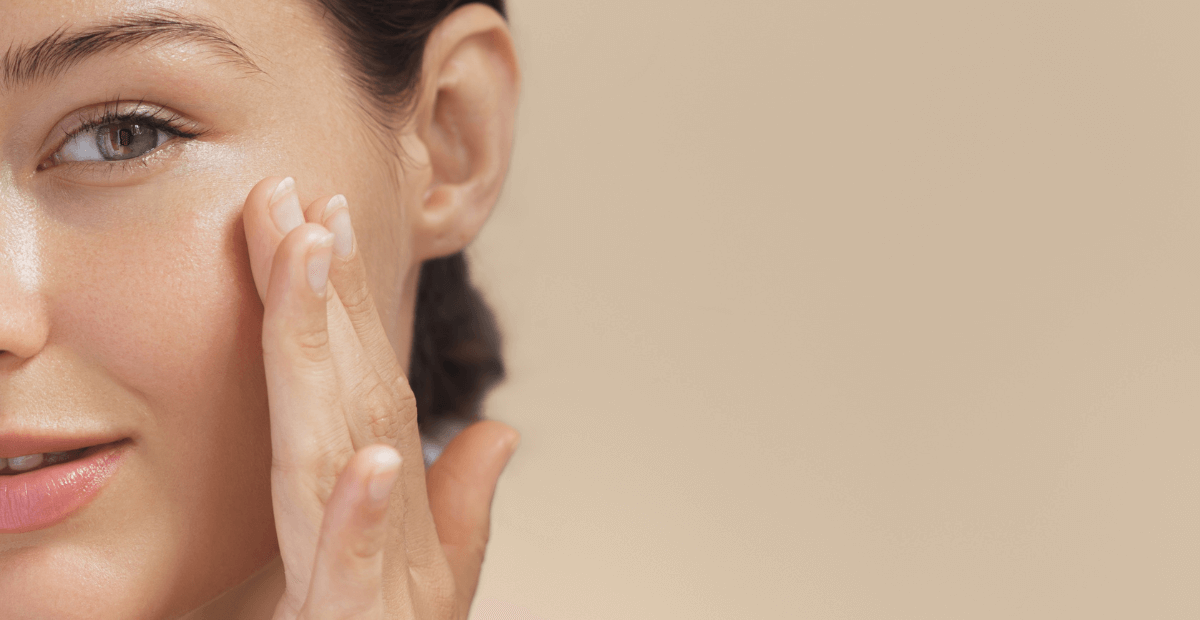
Sure, all skin needs some love, but let’s be real—the eye area gets the VIP treatment, and for good reason! It’s the most delicate on our body and the first to betray signs of fatigue or aging. Plus, it’s the part people notice the most. In this post, we’re diving into how to apply eye cream properly and how to avoid common mistakes so your eye care routine works for you and not against you.
What Does Eye Cream Do?

First things first, let’s clear the air. What does eye cream do—is it an essential skincare savior or just another beauty industry ploy? It’s a debate as old as time. Some say they’re nothing more than overpriced little jars filled with promises, while others swear they’re the holy grail for keeping that delicate under-eye area in check.
So, who’s right? Honestly, it depends. Are eye creams a must for everyone? Not exactly. But are they a total scam? Also, no. What does eye cream do when used correctly and consistently? A good eye cream can work wonders on fine lines, dark circles, puffiness, and more.
In the end, whether you need an eye cream boils down to your personal skin concerns. If you’re battling issues around your eyes, an eye cream could be a game-changer, provided you choose and use it correctly. But if your eye area is smooth sailing, consider it an optional luxury. Your choice to splurge on these creams depends on your disposable income and desire to enhance your skincare routine.
How to Apply Eye Cream Correctly (and Why You Should Care)
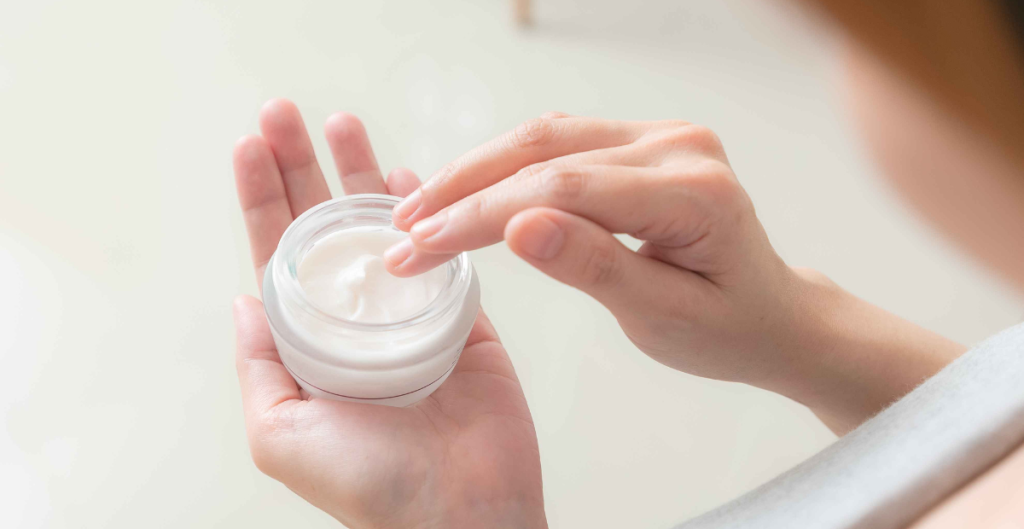
So, you’ve decided to give eye creams a go—great choice! But before you start, it’s crucial to learn how to apply eye cream properly. Believe it or not, learning how to apply eye cream isn’t just an extra step—it’s essential. According to dermatologists, many of us are actually doing it wrong, which might mean all the effort (and those pricey creams) could be doing more harm than good. By getting the application right, you’ll ensure:
a) You’re not accidentally making things worse with common mistakes.
b) You’re getting every drop of value from that expensive cream.
c) Your under-eye area is getting all the love, care, and protection it deserves.
Good news: The rules are super simple and incredibly easy to follow!
Main Principles of Eye Cream Application
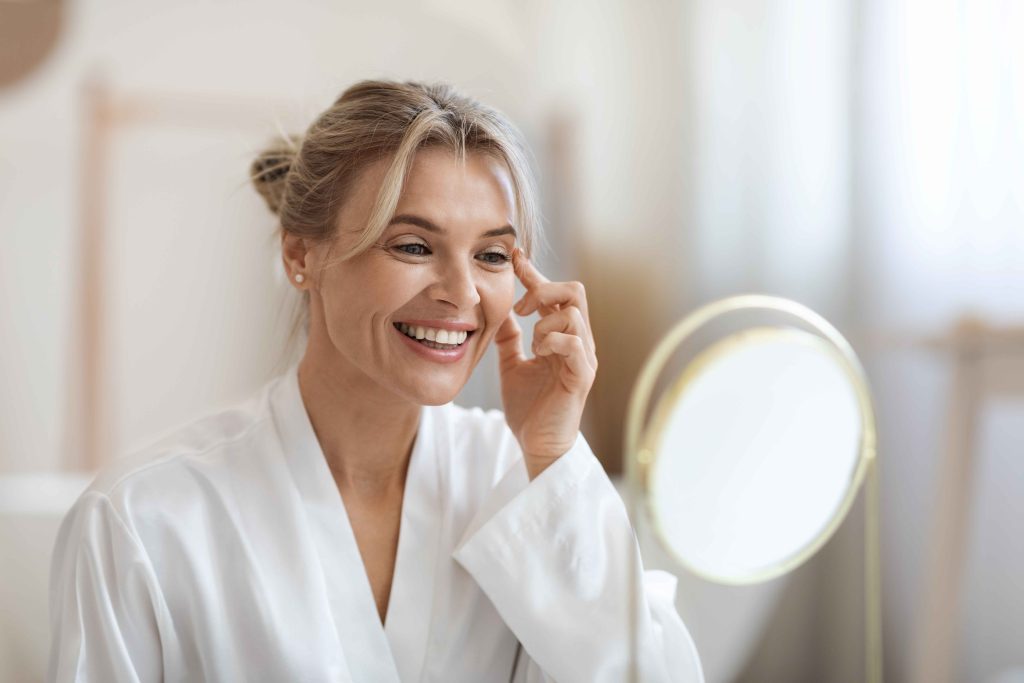
Just like real estate is all about “location, location, location,” when it comes to eye creams, it’s all about Location, Order, and Technique. Let’s break it down:
Location
There’s some serious debate about this one: some people are die-hard believers that you should never apply eye cream beyond the periorbital bone, while others have no problem putting some right on their eyelids. So, which is it? The answer: It depends!
Here’s the deal: “Eye cream” is kind of a catch-all term, and everyone’s skin is different. The key? Pay attention to how your skin actually feels!
Although, there’s a good general rule when it might be wise to stick to the periorbital bone only:
- You have sensitive skin, rosacea, or are prone to allergies.
- You have oily skin—extra oil can make products slide right into your eyes (ouch).
- You’re trying a new product, especially if it’s scented or contains parabens or alcohol.
If your skin’s cool with it and you’re not feeling any irritation or stinging, it’s usually fine to apply some cream on your eyelids too—no harm, no foul!
Order
Your eye care didn’t just fall out of a coconut tree, right? It’s always part of the bigger picture—your overall skincare routine. And that’s why getting the order right is key. Eye creams can be very pricey, so let’s make sure we’re using them wisely!
The general rule for layering skincare is to go from thin to thick, and from water-based to oily (this applies to all your skincare products, not just eye care!). Here’s how the order should look:
- Cleanser
- Toners, essences, serums, or anything lightweight and water-based
- Gels or emulsions
- Creams, balms, and other rich, oily products
This sequence lets your lighter, water-based products do their thing. If you slap on a heavy, oily cream first, anything lighter won’t stand a chance. It’ll just sit on top of the oil like water droplets on a greasy skillet—totally ineffective!
Technique
How you apply your products also matters big time. The skin around the eyes is thinner and more delicate, with fewer oil glands than the rest of your face. That’s why nailing the right technique for applying eye cream is a total game-changer. Here are some pro tips most skincare experts swear by:
- No dragging, pulling, or stretching of the skin. Be gentle!
- Use your ring finger—it naturally applies the least pressure, making it perfect for delicate areas.
- Dab, don’t rub. Gently tap the product in instead of trying to rub it in.
- Pro tip #1: If puffiness is your nemesis, stash your eye cream in the fridge. The coolness can help shrink swelling and tone down redness.
- Pro tip #2: Apply to damp skin—this will lock in moisture and help the actives penetrate deeper.
How Much Eye Cream Should You Apply?
Quantity matters, too! We don’t want to waste our precious eye cream, but we also want to make sure our skin gets all the goodness it needs. Most sources online suggest using a pea-sized amount, but let’s be real—that’s a bit vague. Instead, picture the tip of a click pen—that’s the sweet spot! This amount should be enough for both eyes.
Stay Vigilant: Safeguard Your Eyes from Hidden Irritants
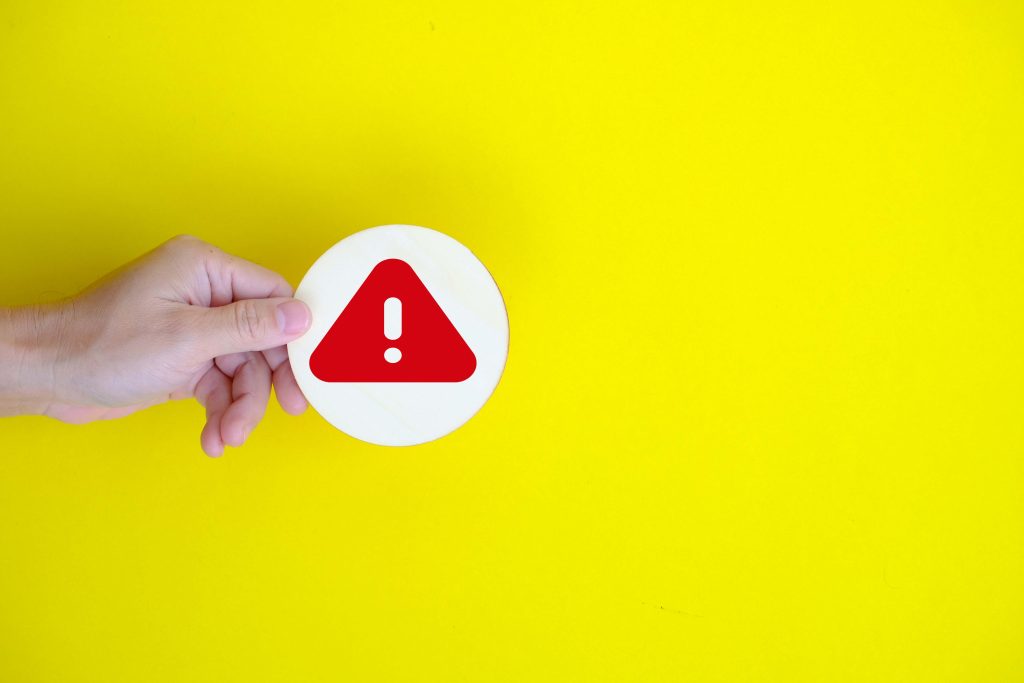
Always stay alert to how your eye area feels. If you notice any irritation or inflammation, even with a product you’ve been using forever, don’t ignore it! Allergies can pop up out of nowhere, even after years of using something.
Given how sensitive and delicate the eye area is and how difficult it is to cover any signs of irritation there, it might be a great idea to check any new products before you use them. Scan the barcode with the OnSkin app and it will warn you of any potentially irritating or harmful ingredients and will offer better and safer alternatives. You know the drill, better safe than sorry!
Let’s Recap the Common Eye Cream Mistakes (Because We’ve All Been There)
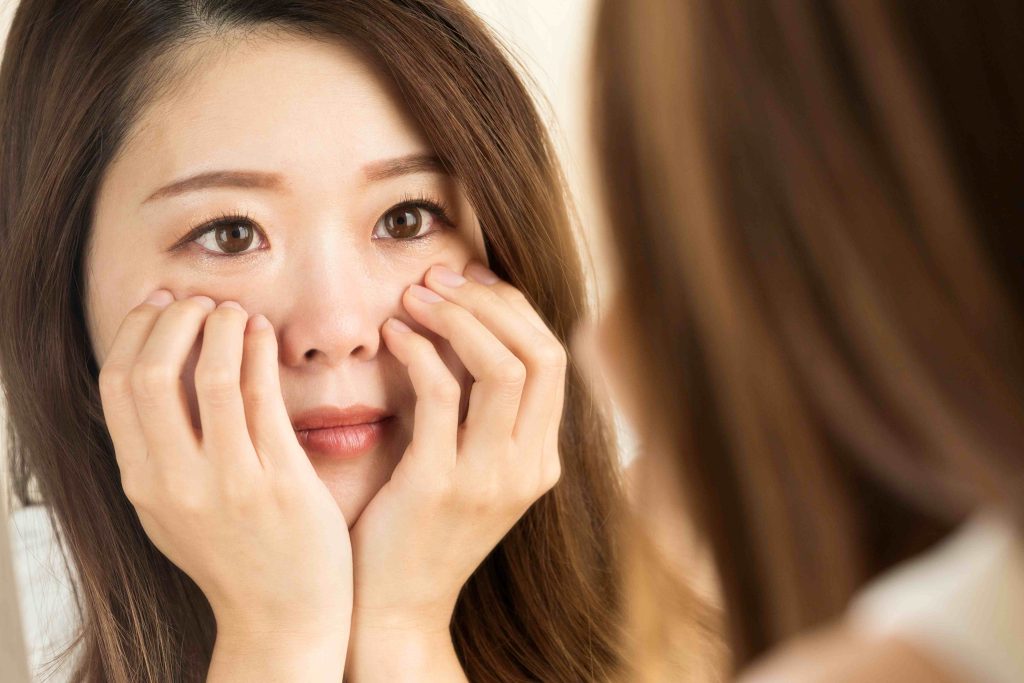
Some of these might sound familiar, and we’ve covered a few earlier, but it never hurts to go over the main culprits again. Here’s why you might not be seeing results (or worse, making things go downhill) and end up thinking eye creams are just a scam:
- Stretching or rubbing the skin too hard during application. Be gentle—your skin will thank you!
- Applying eye cream to dry skin. Always go for slightly damp skin to lock in moisture and help ingredients penetrate deeper.
- Rushing the process. Give your eye cream a few minutes to settle before layering on other products or makeup.
- Ignoring signs of irritation or inflammation. Even if you’ve been using the product for ages, don’t brush off new symptoms. Postinflammatory hyperpigmentation is no joke.
- Using too much or too little product. Find that balance!
- Skipping the crow’s feet area. Those lines deserve love, too.
- Not using SPF around the eyes. Sure, SPF near the eyes can be tricky, but it’s so worth it. Take the time to find a gentle eye cream with SPF, and your future self will thank you for the wrinkle and damage prevention.
- Being inconsistent or unclear with your skincare goals. This goes for all skincare, not just eye products. If you’re not sure what issues you’re tackling, results will be all over the place or nowhere to be found.
By the way, we have a separate post on the most common skincare mistakes—check it out to make sure every penny and minute you invest in skincare truly pays off!
FAQ
-
Where do I start with OnSkin?
Download the app and think of a product you’d like to know more about. Then, go to the main screen and choose how you’d like to get the info —by manually looking it up in the search bar, by scanning its barcode, or by simply taking a picture of the packaging. Once you’ve done any of these, you can see how safe the product is and if it suits your skin or hair (if this analysis is available).
-
What is Safety Rating, and how is it calculated?
In OnSkin, we base product rates on ingredients. Each is closely studied by our medical team and then evaluated. This way, each product gets a score from 0 to 100, with 100 as the safest level.
Safety Levels
- Excellent (76–100)
- Good (51–75)
- Not great (26–50)
- Bad (0–25)
These scores are backed by the latest scientific studies. You can find links to the resources we’ve used on each ingredient page. To assess the safety of product ingredients, we evaluate them according to the following parameters/criteria
- Endocrine disruption risk / Reproductive toxicity
Indicates the probability of mimicking, blocking, or interfering with the body hormones.
- Сarcinogenicity
Measures the potential risk of inducing cancer.
- Allergy risk
Estimates the probability of an allergic reaction.
- High concentration alert
Determines the risk of being unsafe in certain amounts.
-
What is Skin Match?
Based on the info you input about your skin type, age, skin care goal, and other “settings,” OnSkin checks how well a product is tailored to your unique skin needs — it’s basically like a dermatologist helping you find the right products, minus the fees and the long wait. The product you’re checking might be labeled as It’s a match!, Hit-or-miss, or Not a match for you. The app also detects ingredient groups such as Anti-acne, Anti-inflammatory, Moisturizes, May be drying, Comedogenic, and others — by tapping one, you see exactly what ingredients from this or that group are in the product.
-
I seem to have a problem with using the app. Who should I contact?
Please reach out to us at [email protected], and we’ll carefully look into your issue. Your ideas for improving the app are also very welcome!
-
Do you have an Android version?
Not yet! Hey Android users, we hear you, and we're thinking about making an Android version, but we haven't started the development yet.
Tracker Sent!
It’s on the way to your inbox.



